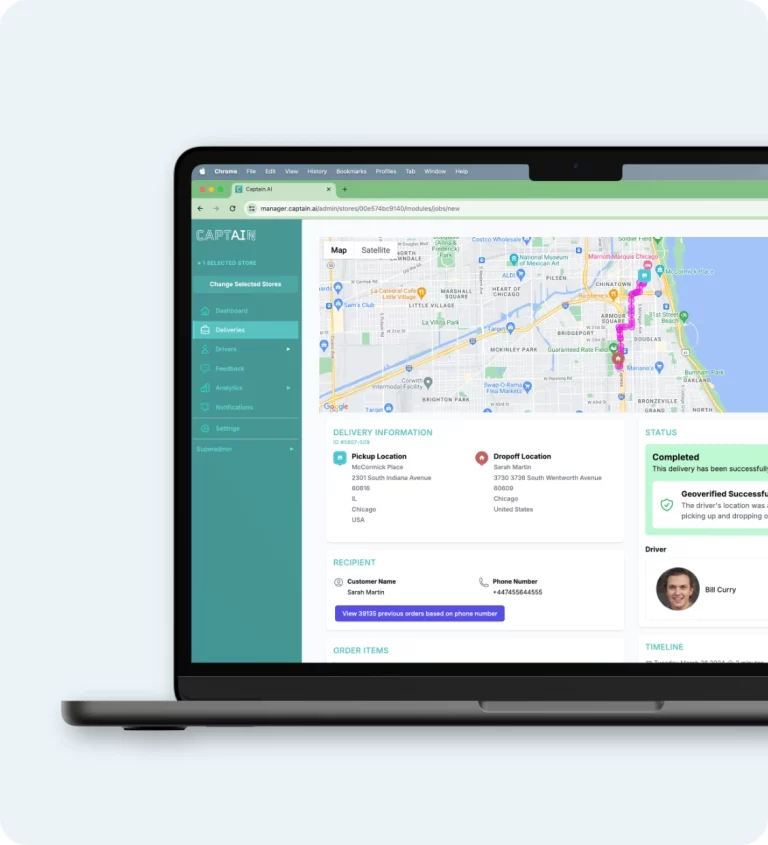But before you set about optimizing your website’s referencing, you must first define your target audience and your keywords.
First steps for ensuring that your online ordering site figures prominently in Google’s results pages
You have successfully created your website, placed it online and structured it in line with both your keywords and your offers. Good going! Now, how do you promote it so that it features high up in the search engine results pages (SERP)? Whilst there’s no miracle solution for immediately featuring among the first results on Google, by following these initial steps, you will effectively lay the foundations for your website’s optimization:
- Carefully optimize your navigation structure, your pages, articles and products (including pictures) around your targeted keywords. In particular, make sure you use unique titles for each page, and optimize your content using synonyms, subtitles, and also “alt” tags for your pictures.
- Link your site to Google Search Console (and, while you’re at it, to Google Analytics), and take the time to submit your XML sitemap (learn more here) to the search engines, including Bing. This will help Web crawlers/robots to browse your content more quickly.
- Check that your online ordering site is fast and mobile-friendly. If it isn’t, follow the recommendations given in these pagespeed insights to enhance your site’s load time and rethink your mobile version; these are key factors for optimizing your pages.
- If you haven’t already done so, prepare your local SEO, which is critical to local business and, more specifically, restaurants. For this purpose, create a Google My Business account and a Google Plus page, making sure that the information you specify matches that given on your online ordering site, your About page, and on other directories or third-party sites like Yelp and TripAdvisor.
Going the extra mile to improve your positioning
 Throughout the lifetime of your online ordering site, make sure you see to the following tasks (or have someone else see to them):
Throughout the lifetime of your online ordering site, make sure you see to the following tasks (or have someone else see to them):
- Add new images and content on your blog and in your pages. Inbound marketing is an ideal way to complete your strategy.
- Keep your social media platforms alive. You don’t have to be on them all; the idea is to create some concrete interaction and increase the number of shares (i.e. social signals).
- Publish your first user opinions by linking them to your Google My Business account. These will catch the attention of Internet users in the SERPs.
SEO actions that are highly effective in the long run
Once you have completed the first steps in your SEO strategy, the best way forward is to begin your medium- and long-term SEO effort. The solutions that will be most rewarding in the long run are as follows:
- Starting and maintaining a blog for your restaurant. A blog is not only an excellent vehicle for communication and exchange, it can also be used as an SEO lever to help improve your positioning;
- Regularly adding customer opinions received online;
- Possibly hiring the services of an SEO professional on a long-term basis to continue to obtain high-quality incoming links, depending on your financial resources;
- Building relations with local bloggers and hiring a specialized press officer/media relations officer (to ensure your restaurant’s visibility both in the “traditional” press, and to obtain new online links).
Once again: ensuring your site’s search engine optimization is a lengthy process, one for which you have to think long-term. Why not start right now?!







